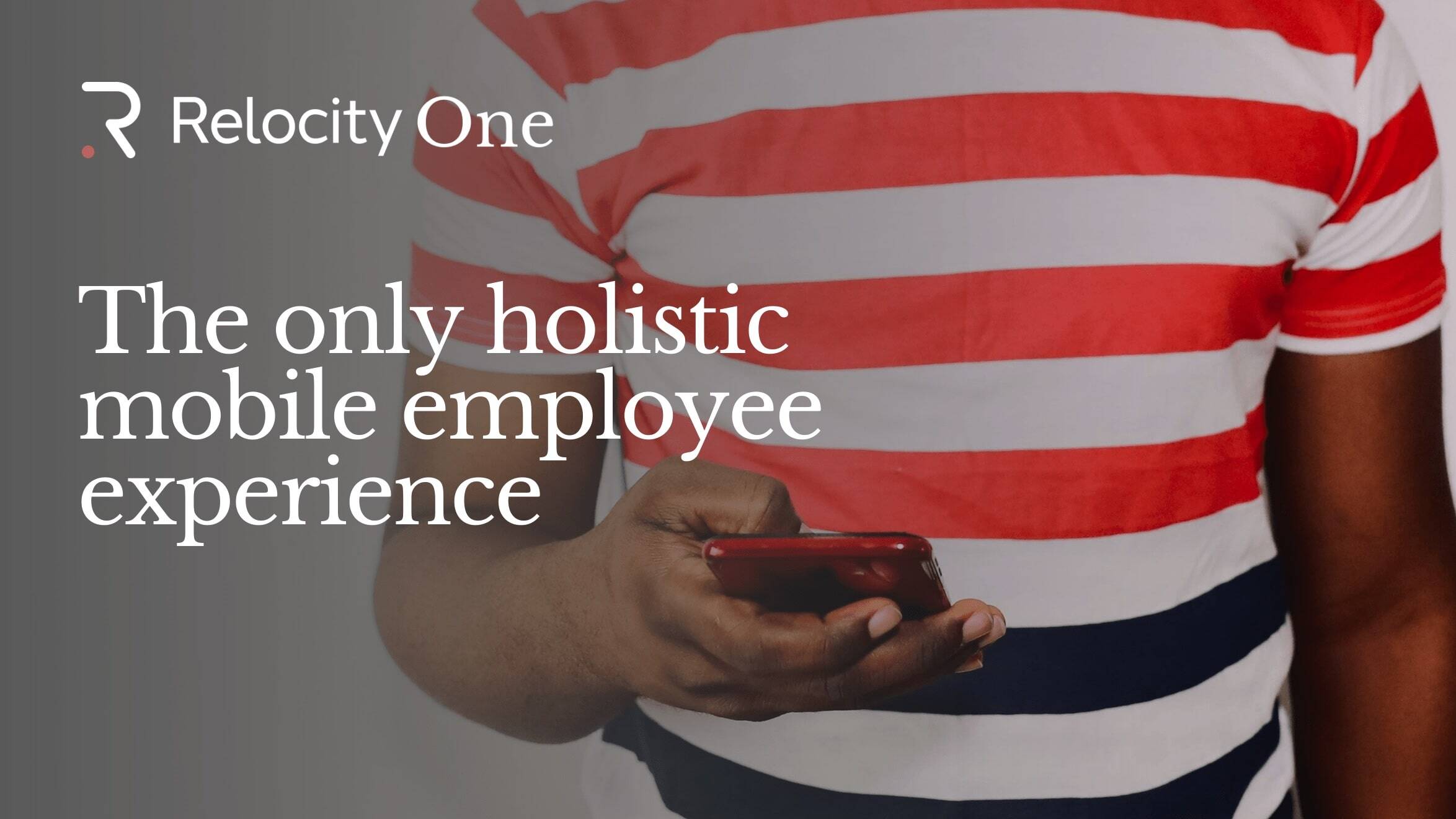Relocity Unveils ‘Relocity One’ – The Groundbreaking Single Access Point for Seamless Corporate Relocation | Relocity
Los Angeles, CA – October 22, 2024 – Relocity, a leader in innovative corporate mobility solutions, is excited to introduce Relocity One, a...
-1.png)






